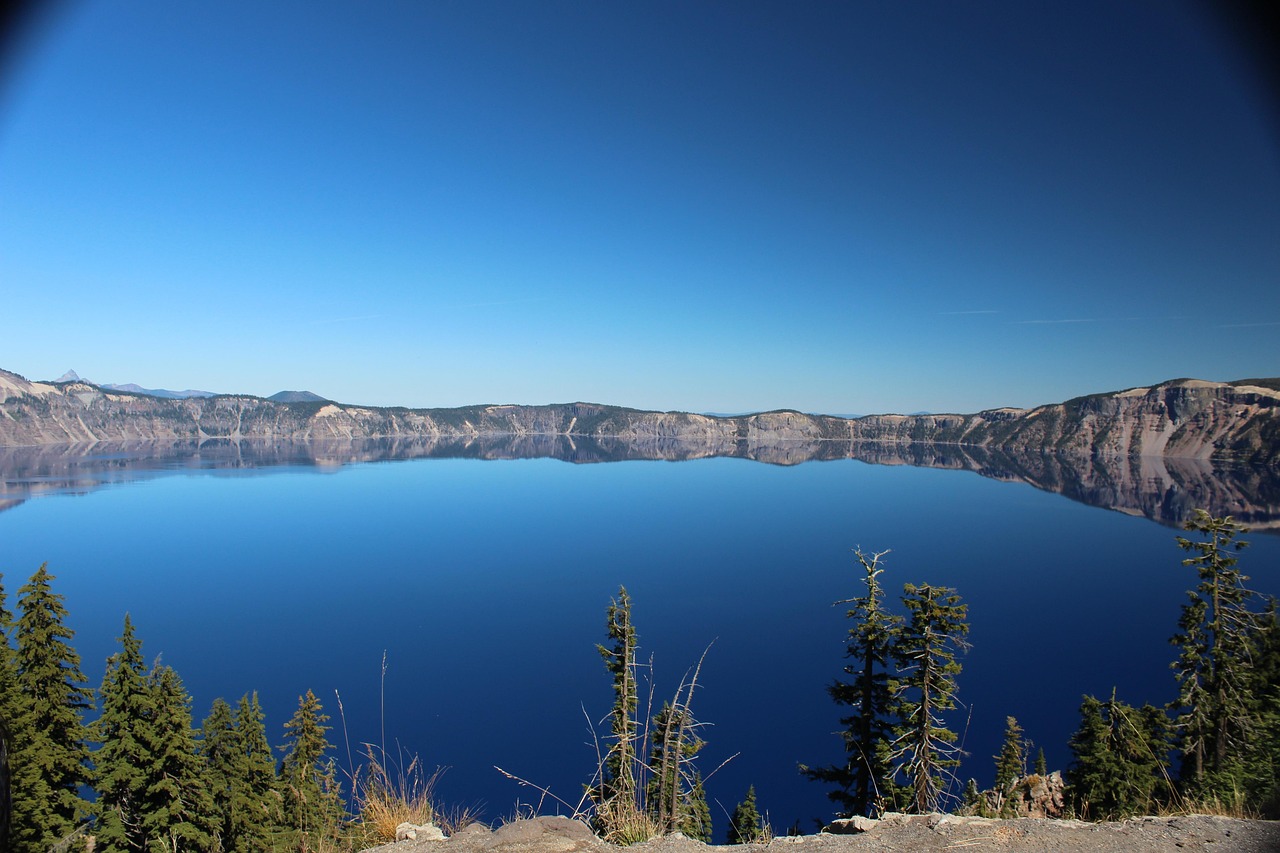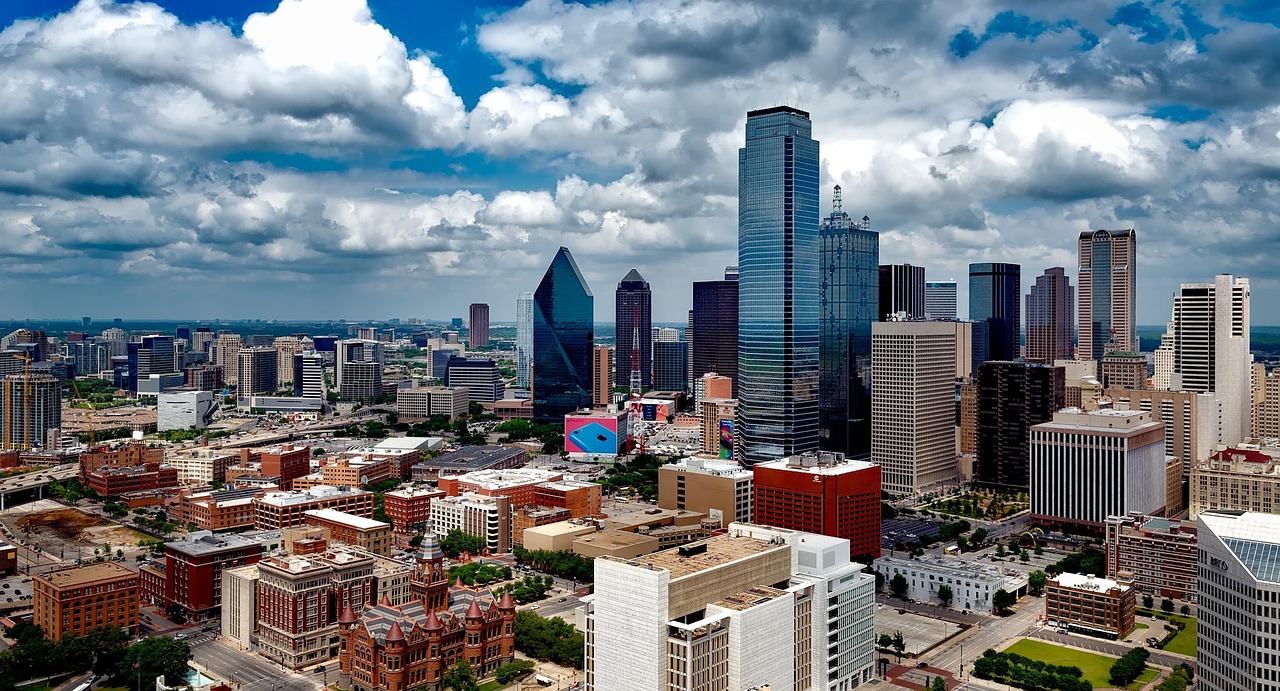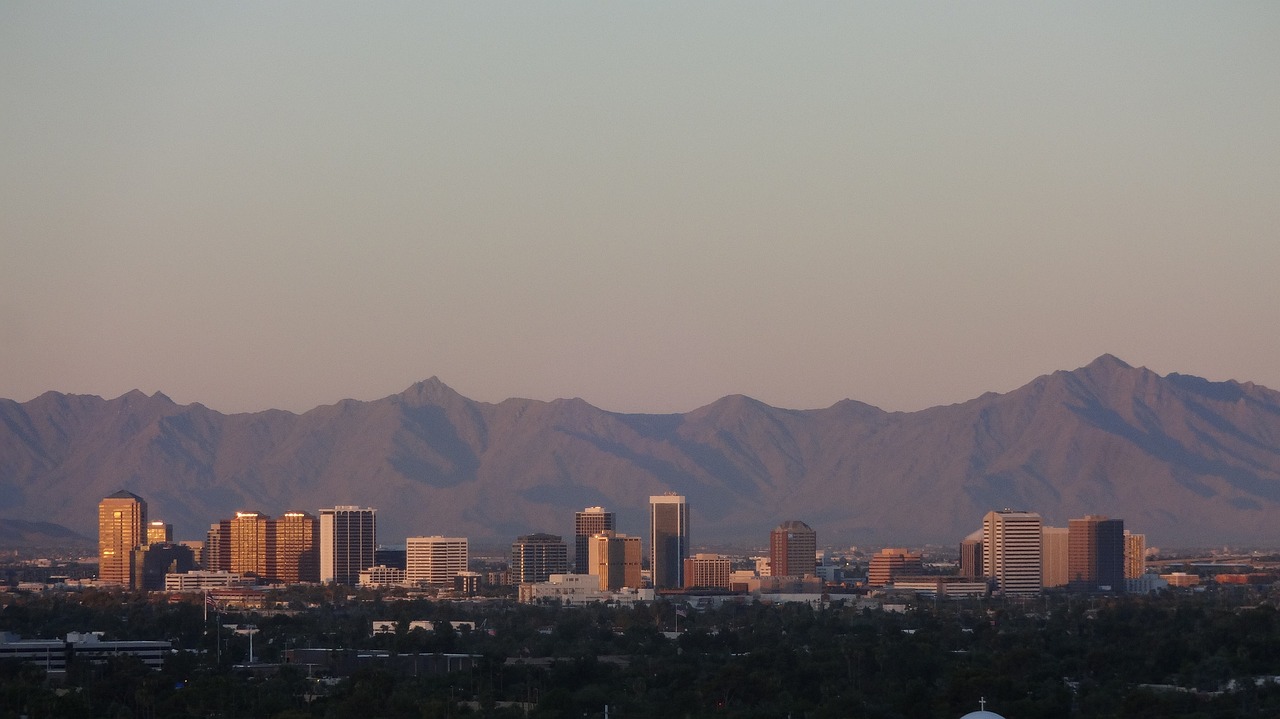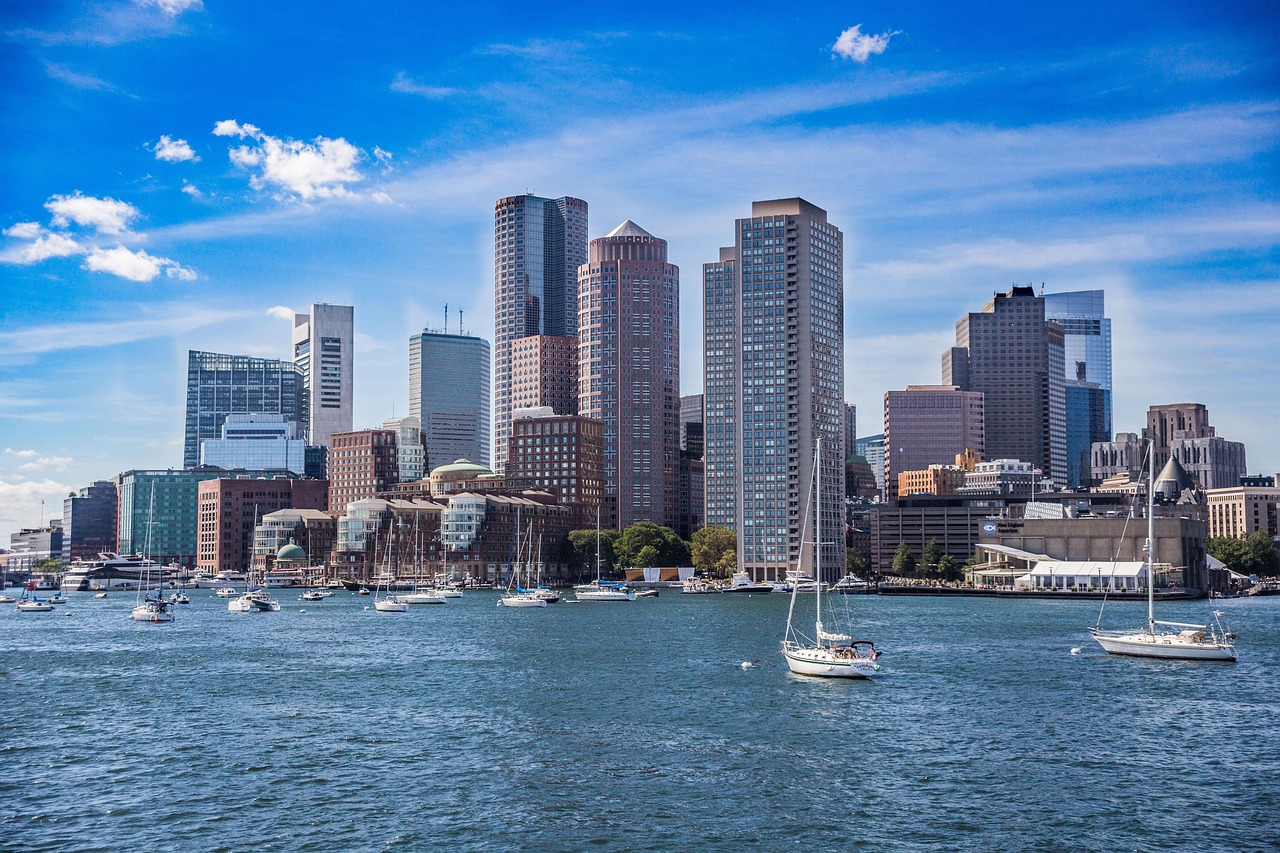Planning a trip can be tricky, especially when looking for the perfect outdoor adventure. Crater Lake National Park is a hidden gem in Southern Oregon, famous for its deep blue water and scenic beauty.
This blog will guide you through what makes this park special, from its unique geology to the activities it offers. Get ready for an adventure!
Key Takeaways
- Crater Lake was formed about 7,700 years ago by the eruption and collapse of Mount Mazama. It is one of the deepest lakes in the United States, known for its clear water.
- The park offers a variety of activities year-round. In summer, visitors can hike trails, kayak on the lake, and drive around Rim Drive. Winter brings opportunities for snowshoeing and cross-country skiing.
- Crater Lake has unique plant life and wildlife. Visitors might see black bears, deer, eagles, and over 200 bird species.
- Key attractions include Wizard Island, Phantom Ship, Sun Notch view point, Cleetwood Cove trail to the shore line for swimming or boat tours ,and Watchman Overlook where you can catch stunning views of sunrise or sunset .
- Safety tips for visitors include preparation for changing weather conditions by dressing in layers , wearing sturdy hiking shoes , bringing plenty sunscreen , water,and snacks .
Geology of Crater Lake
Crater Lake was formed through a volcanic eruption that created a deep caldera, later filled with water. The lake is renowned for its vibrant blue color and the presence of volcanic features such as Wizard Island, which add to its unique geological allure.
Formation of the Lake
A long time ago, about 7,700 years back, a huge volcano named Mount Mazama had a massive eruption. This event was so big that the mountain fell in on itself. What was left became Crater Lake as we know it today.
The collapse formed a big hole called a caldera. Over hundreds of years, rain and snow filled this hole, creating the deep blue lake.
Crater Lake is very special because it’s one of the deepest lakes in the United States. It’s also known for its clear water. The lake does not have any rivers flowing into or out of it.
Water comes only from rain and snowfall, making it super clean and clear.
Volcanic Features and Wizard Island
After the volcanic eruption that created Crater Lake, many unique features appeared. Wizard Island is one of these. It stands out as a cinder cone volcano right inside the lake. Visitors can see it clearly from the rim.
This island got its name because it looks like a wizard’s hat.
The park also shows off lava flows and deep pumice fields. These tell stories of ancient eruptions and fire. Around the caldera, or large crater, people can spot various smaller craters left by past explosions.
Each part of this landscape tells a part of Earth’s fiery history in Southern Oregon’s Cascade Mountains.
Climate and Seasons
Crater Lake National Park experiences diverse climate and seasons. Summer brings clear skies, ideal for hiking and boat tours, while winter offers opportunities for snowshoeing and cross-country skiing.
Summer Highlights
Summer brings warm weather to Crater Lake National Park, making it perfect for exploring. Visitors love hiking the trails. They offer stunning views of the lake and volcanic landscapes.
Kayaking on Crater Lake is another favorite. The clear, blue water looks amazing from a kayak. In summer, wildflowers bloom all around the park. They add bright colors to your hikes.
Rim Drive opens up in summer too. It lets you drive around the edge of Crater Lake. You can stop at many overlooks to take pictures or just enjoy the view. Boat tours start in late June or early July, when the snow melts enough for access.
These tours take you close to Wizard Island and Phantom Ship, giving a closer look at these natural wonders.
Winter Activities
Winter at Crater Lake National Park offers a serene wonderland for outdoor exploration. With an average snowfall of 44 feet, it’s a haven for snowshoeing and cross-country skiing. The Rim Drive becomes a snowy trail, perfect for winter hiking offering breathtaking views of the lake and surrounding landscapes.
Visitors can also partake in ranger-led snowshoe walks to delve into the park’s unique winter ecology and geology. Additionally, the park hosts Winter Wine Weekend where guests can enjoy wine tasting while taking in the beautiful snowy scenery.
After indulging in these invigorating activities, explore “Flora and Fauna” to dive into the fascinating plant life and wildlife that call Crater Lake home.
Flora and Fauna
The diverse ecosystem at Crater Lake supports unique plant life and provides opportunities to observe wildlife in their natural habitat. From vibrant wildflowers to elusive birds and mammals, the park’s flora and fauna offer a rich tapestry of natural beauty for visitors to experience.
Unique Plant Life
Crater Lake National Park is home to a diverse array of plant life, with over 800 different species. The park’s flora includes ancient hemlock and whitebark pine trees, some of which are estimated at more than 500 years old.
You can also find wildflowers like avalanche lilies and western pasqueflowers blooming on the slopes during the summer months. This rich variety of plant life adds vibrant colors to the landscape and provides food and shelter for the park’s wildlife.
The unique environment around Crater Lake fosters endemic plants, including the fuzzy cryptantha flower found only in this area. Additionally, with its elevation range from 4,000 to over 8,000 feet above sea level, visitors can witness various types of vegetation as they explore different parts of the park.
From lush forests at lower elevations to hardy alpine plants thriving near the rim of the caldera, there’s an abundance of unique plant life waiting to be discovered at Crater Lake National Park.
Wildlife Observations
Crater Lake National Park is teeming with diverse wildlife waiting to be discovered. The park is home to a variety of animals, including black bears, deer, eagles, and squirrels. You might also catch sight of the elusive mountain lion or coyote while exploring the park.
Birdwatchers will delight in spotting over 200 species of birds that call Crater Lake their home.
The park’s clear waters are a haven for fish such as rainbow trout and kokanee salmon, making it an excellent spot for fishing enthusiasts. Keep your eyes peeled as you hike along the trails; you never know when you might encounter one of these fascinating creatures in their natural habitat!
Top Attractions in Crater Lake National Park
Crater Lake National Park boasts stunning attractions. From the breathtaking Rim Drive to the mesmerizing Phantom Ship and Sun Notch, every corner offers something extraordinary.
Rim Drive
Rim Drive offers a captivating 33-mile scenic route encircling the entire Crater Lake caldera. The drive presents numerous viewpoints, providing awe-inspiring vistas of the lake’s deep blue waters and surrounding cliffs, showcasing Wizard Island and other striking landforms.
It is peppered with over 30 pullouts that offer outstanding photographic opportunities and an unparalleled up-close encounter with the remarkable geological features of Crater Lake.
Completed in 1918, Rim Drive charms visitors with its historic significance and accessibility to exceptional panoramas. Be prepared for narrow sections and steep drop-offs as you wind your way around the rim.
This drive promises an unforgettable experience for travelers seeking serene natural beauty intertwined with fascinating geology.
Phantom Ship and Sun Notch
Phantom Ship is a small island located in Crater Lake. It’s actually an ancient volcanic cone that emerged from the caldera floor as the water level dropped. The island measures 16 acres, which is roughly 14 football fields, and stands at about 170 feet tall.
Sun Notch is another must-see spot for visitors to Crater Lake National Park. From this viewpoint, you can witness stunning panoramic views of the lake and surrounding landscapes. The formation got its name due to the way sunlight appears to “notch” a prominent ridge on the northern rim of Crater Lake when it sets during certain times of the year.
This phenomenon creates a breathtaking play of light and shadow across the landscape.
Cleetwood Cove
Cleetwood Cove is the only trail that leads to the shore of Crater Lake. This steep 1.1-mile hike takes about 30 minutes to descend and longer to climb back up, but the stunning views of the lake make it worthwhile.
Visitors can enjoy swimming or boat tours at this spot, as well as relaxing on the pebble beach along with picturesque scenery.
The cove was formed by a landslide over 7,000 years ago and provides visitors with an opportunity to see the sheer walls of Crater Lake up close. It’s also where tour boats depart for trips around Wizard Island, adding a touch of adventure to any visit.
Watchman Overlook
Watchman Overlook offers a breathtaking panoramic view of the entire Crater Lake. It’s an easy walk from the parking lot to reach this scenic spot, and it’s perfect for capturing stunning photographs of the deep blue waters and surrounding landscapes.
The observation deck provides a great vantage point for taking in Wizard Island, which rises up from the center of the lake.
Visitors can also enjoy various ranger-led programs at Watchman Overlook during summer months, delving into the park’s geology and natural history. Additionally, stargazing events are sometimes held here due to its clear vista that allows for exceptional astronomical views.
Catching sunrise or sunset here is especially rewarding with its awe-inspiring visual spectacle before beginning your exploration down Rim Drive.
Next Heading: Plaikni Falls
Plaikni Falls
Plaikni Falls is a tranquil and picturesque spot in Crater Lake National Park, offering visitors a peaceful escape into the lush greenery of the region. This easy hiking trail showcases colorful wildflowers, including rare species that are specific to this area.
The falls are nestled within an ancient forest, creating a serene atmosphere for nature enthusiasts. Visitors can enjoy the soothing sound of water as it cascades down the rocks, making it an idyllic setting for relaxation and photography.
The Plaikni Falls trail is wheelchair accessible, making it suitable for people with varying mobility levels to experience the beauty of this natural wonder. It’s a short walk from Rim Village and provides an opportunity to witness the diverse flora that flourishes around Crater Lake.
This hidden gem offers a delightful respite amidst the stunning surroundings while adding another layer of exploration to your adventure at Crater Lake National Park.
Activities for Visitors
Explore Crater Lake’s breathtaking trails, from easy strolls to challenging hikes with stunning views. Experience the thrill of boat tours and kayaking on the crystal-clear waters for a unique adventure.
Hiking Trails
Crater Lake National Park offers numerous hiking trails that cater to various skill levels and preferences. The park’s diverse landscapes provide stunning backdrops for outdoor exploration and adventure. Here are some top trails to explore during your visit:
- Cleetwood Cove Trail: Descend down the only trail that leads to the lake’s shoreline, offering a challenging but rewarding experience.
- Garfield Peak Trail: Ascend through old-growth forests to reach the summit and enjoy breathtaking panoramic views of Crater Lake.
- Watchman Peak Trail: A moderate hike leading to an old fire lookout with spectacular vistas of the lake and surrounding landscape.
- Sun Notch Trail: Short and family-friendly trail with striking views of Phantom Ship, a picturesque rock formation in the middle of the lake.
- Plaikni Falls Trail: An easy, wheelchair-accessible path leading to a beautiful waterfall amid lush wildflower meadows.
These trails offer opportunities to witness the park’s natural beauty up close while enjoying various levels of physical activity and scenic rewards.
Boat Tours and Kayaking
Crater Lake offers boat tours and kayaking that provide visitors with unique perspectives of the stunning natural surroundings. These activities allow you to explore the lake’s deep blue waters and volcanic features up close.
- Boat Tours:
- Guided boat tours take visitors to Wizard Island, a cinder cone that rises from the lake’s surface, providing an opportunity to hike or swim on the island.
- The boat tour offers captivating views of the surrounding caldera walls and provides insights into the lake’s geological history.
- Kayaking:
- Adventurous visitors can embark on kayaking excursions to navigate the pristine waters of Crater Lake while enjoying panoramic views of its spectacular scenery.
- Kayakers can experience the tranquility of paddling through North America’s deepest lake while marveling at its crystal-clear waters and unique volcanic formations.
- Safety Information:
- Prior experience or guided tours are recommended for both activities due to the lake’s depth, cold water temperatures, and unpredictable weather conditions.
- It is essential to adhere to safety guidelines provided by park authorities and carry appropriate safety gear when participating in these water-based activities.
Photography Opportunities
When visiting Crater Lake National Park, take the time to photograph the stunning blues at different times of day to see the changing hues. The lake’s crystal-clear water reflects the sky, creating mesmerizing photo ops.
As you explore, take advantage of sunrise and sunset for breathtaking shots with vivid colors. The unique volcanic features like Wizard Island and Phantom Ship offer intriguing focal points for your photographs.
Don’t miss out on the chance to capture diverse wildlife and colorful wildflowers in their natural habitat.
When visiting Crater Lake National Park, be prepared with a wide-angle lens to capture its vastness from various viewpoints along Rim Drive. Additionally, remember that photography can be especially rewarding during winter when snow blankets the landscape, enhancing its scenic beauty.
Whether you are an amateur or professional photographer, savor capturing this geological wonder through your lens.
Tips for Visiting Crater Lake
When visiting Crater Lake, plan your trip for the summer months to take advantage of the best weather and accessibility. Make sure to pack essentials such as sunscreen, water, sturdy hiking shoes, and layers for changing temperatures.
Best Times to Visit
The best times to visit Crater Lake National Park are during the summer months from July to September. During this time, the weather is generally mild and dry, allowing for optimal exploration of the park’s hiking trails and outdoor activities.
The Rim Drive is fully accessible, offering stunning views of the deep blue lake and surrounding natural beauty. Additionally, boat tours and kayaking excursions are available, providing unique perspectives of the iconic volcanic features such as Wizard Island.
Wildlife observation is also at its peak during this season.
Another ideal period to visit is in late spring when wildflowers blanket the landscape, creating a colorful spectacle against the deep blue waters of Crater Lake. Springtime also offers opportunities for wildlife sightings as they emerge from winter hibernation.
It’s important to note that winter visits can be challenging due to heavy snowfall and limited access to certain areas of the park; however, it does present a breathtakingly serene experience with snow-capped scenery.
Essential Gear and Preparation
Crater Lake National Park is a place of natural wonder and beauty, but it’s essential to be prepared for your visit. Here’s what you need to know:
- Dress in layers for changing weather conditions.
- Wear sturdy hiking shoes or boots for exploring the park’s trails.
- Bring plenty of water and high-energy snacks for your outdoor adventures.
- Pack a first-aid kit and emergency supplies in case of unexpected situations.
- Don’t forget sunscreen, sunglasses, and a hat to protect yourself from the sun’s glare.
- Consider carrying a map, compass, or GPS device when venturing into remote areas.
- If camping, make sure you have appropriate gear including a tent, sleeping bags, and cooking equipment.
Enjoy your trip!
Conclusion
In closing, Crater Lake National Park promises a unique blend of natural beauty and outdoor exploration. Whether you’re fascinated by the geological formation of the lake or seeking adventures in its old-growth forests, this Southern Oregon gem offers something for everyone.
From hiking trails to boat tours, camping opportunities to wildlife sightings, there’s no shortage of experiences awaiting visitors at this stunning national park. So pack your essential gear and prepare to be immersed in the scenic wonders and rich history that make Crater Lake so special.
FAQs
1. What is Crater Lake National Park?
Crater Lake National Park is a beautiful park in Oregon, famous for its deep blue lake. The lake was formed from an old volcano, making it unique and stunning.
2. What can visitors do at Crater Lake National Park?
Visitors can hike on scenic trails, take boat tours on the lake, or enjoy picnicking with family and friends. There are also areas to camp and explore nature’s beauty.
3. When is the best time to visit Crater Lake National Park?
The best time to visit is during summer when the weather is warm and most roads are open. However, fall offers colorful leaves, while winter provides snow activities like skiing.
4. Are there any safety tips for visiting Crater Lake National Park?
Yes! Always stay on marked trails, watch for wildlife, and drink plenty of water. Be prepared for changing weather conditions and check park alerts before your trip to ensure a safe experience.







Leave a Reply